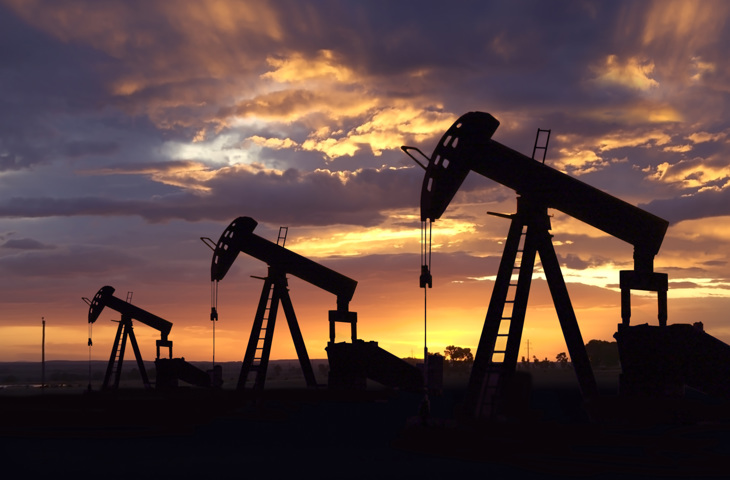Climate change
Factory farming intensifies climate change, releasing vast volumes of greenhouse gases.

We now know that man-made climate change is real and that it poses a great threat to the planet and its inhabitants. Current data suggest that we need to reduce greenhouse-gas emissions in developed countries by at least 80% by 2050 in order to have a chance of staying below an average temperature rise of over 2ºC 1. Factory farming is a major contributor to the climate change challenge, releasing vast volumes of greenhouse gases.
A wide variety of sources of carbon dioxide
Factory farming produces greenhouse gases throughout the 'supply chain'. For example, forest clearance to grow the crops and rear the animals reduces vital carbon 'sinks' and releases gases previously stored in the soil and vegetation.
An energy-hungry industry
Factory farming also requires large amounts of energy in order to function. This isn't just to rear the animals, but also to grow the vast amounts of feed they need. According to a study published by The Royal Society 2, feed is the dominant energy user, taking around 75% of the total energy required. The rest is needed for factors such as heating, lighting and ventilation.
But carbon dioxide isn't the only issue
It's not just carbon dioxide that's the problem: gases including methane and nitrous oxide, also produced in significant quantities, are released through various sources including animal waste and fertiliser use. Livestock farming produces 37% and 65% of our global methane and nitrous oxide emissions respectively 3. Both gases are much more potent than carbon dioxide.
Climate change will make farming harder
Climate change is already harming food production 4 and these impacts are projected to increase over time, with potentially devastating effects. Higher temperatures, for example, could place further stress on water-scarce regions and make it harder to rear animals and grow food crops. According to the Convention on Biological Diversity 5 climate change may affect plant growth and production by promoting the spread of pests and diseases, increasing exposure to heat stress and encouraging soil erosion due to stronger winds.
But don't just take our word for it
Factory-farmed beef requires twice as much fossil fuel energy input as pasture-reared beef.
Pimentel (2004)6
LIVESTOCK FARMING ACCOUNTS FOR AROUND 14.5% OF OUR GLOBAL GREENHOUSE GAS EMISSIONS.
Food and Agriculture Organization of the United Nations (FAO) (2013)7
Added heat stress, shifting monsoons, and drier soils may reduce yields by as much as a third in the tropics and subtropics, where crops are already near their maximum heat tolerance.
United Nations Environment Programme (UNEP) (2001)8
So what?
Factory farming intensifies climate change. By taking action against factory farming, we are not just creating a food and farming revolution; we are also tackling one of the world's greatest sustainability challenges.




